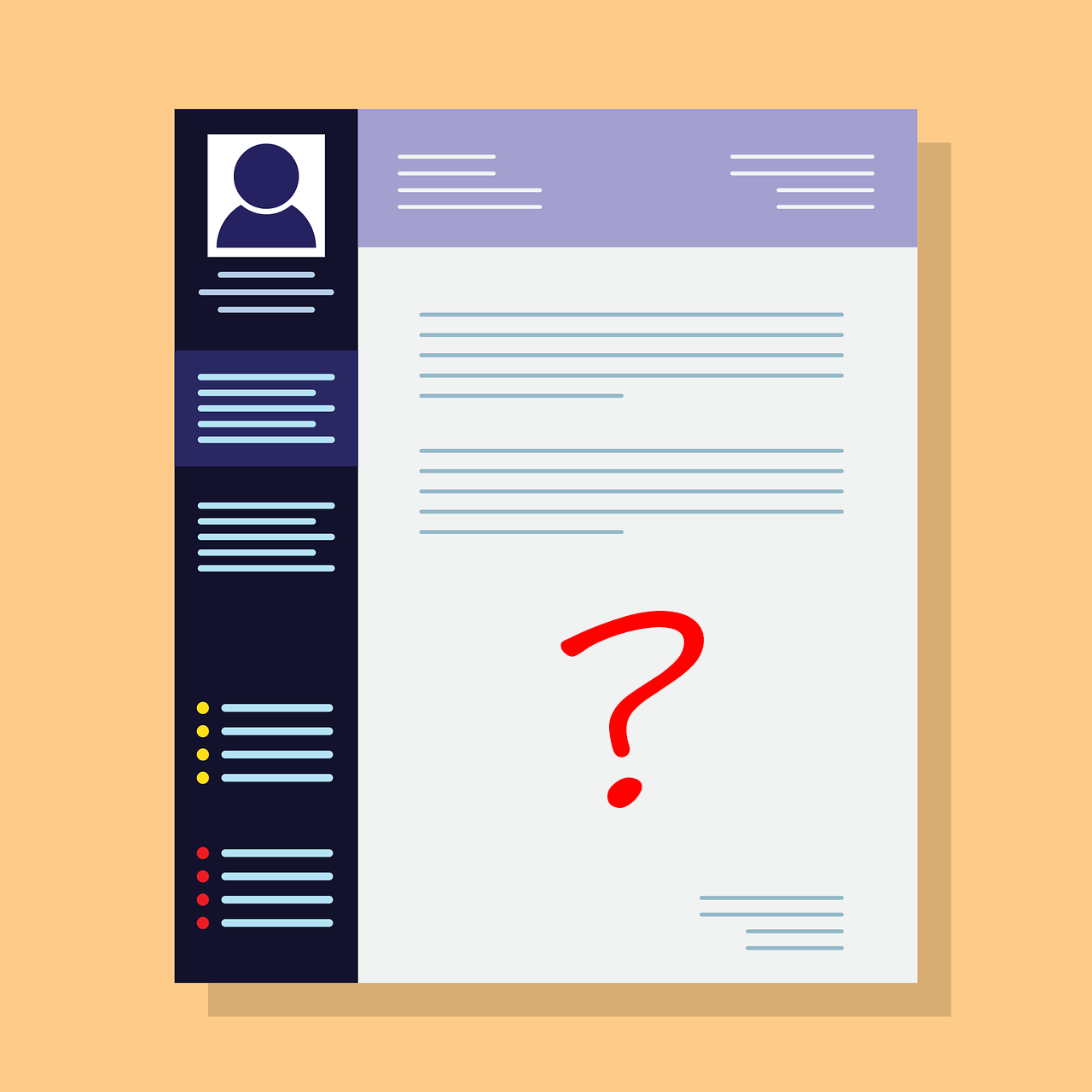
How to Fill Employment Gaps on Your Resume
June 29, 2022If you’re like most people, you probably have at least one gap in your resume. Maybe you’ve been out of work for a while and are trying to find a new job. Trying to find a new job when you haven’t been in the workforce for a while can be challenging. The good news is that there are ways to fill in those gaps on your resume. By following these tips, you can fill in the employment gaps on your resume in a way that is positive and will appeal to potential employers.
Honesty is the Best Policy
If you have a gap in your employment history, the first thing you should do is try to explain the reason for the gap. If you were laid off or fired from your last job, be honest about it. Potential employers will appreciate your honesty and it will show that you are willing to take responsibility for your mistakes. If you took time off to raise a family or care for a sick relative, simply state that in your resume or cover letter. There is no need to go into too much detail about it.
Listing a Longer Gap as its Own Job
Although a gap in your employment might be an issue, you may use the experience section of your resume to explain how you made it through a number of years without employment. As if it were a job, include what you did during your career gap. You can keep the entry brief to avoid distracting a potential employer from more relevant experience. Let’s suppose you spent four years as a stay-at-home parent in the early years of your child’s life. In this situation, you may describe it like so:
Full-time parent, Lancaster, PA, 2019 – 2022
Took time away from the workforce to raise young children and run the house.
Include Relevant Experience
If you can relate the experience you gained during your employment gap to the position you are applying for, then it may be beneficial to include more detailed information in your employment gap entry. You can include specific examples of daily activities and responsibilities you had during your employment gap that are relevant to the duties or responsibilities of the position you are applying for.
Let’s look at our example from earlier If you took time off you raise your young children and were applying to be a caregiver at a nursery, your resume might look something like this:
Full-time parent, Lancaster, PA, 2019 – 2022
- Took time away from the workforce to raise young children and run the house.
- Managed daily tasks such as feeding, bathing, dressing, and grooming
- Managed family finances
The reason for your unemployment gap is only one of the many elements that may be considered when constructing a resume. The way you use your time while unemployed is generally more essential than the reason for your absence from work. So, rather than focusing on any negative aspects of your unemployment break, concentrate on the skills you gained.
Where to Include Gaps in Employment
You should also know where to explain employment gaps in addition to understanding how to express them. Gaps in your employment can be addressed in three different places: your cover letter, your resume, or during an interview if questioned about it. While there are methods to conceal employment gaps from your resume, it is still critical for you to be truthful and forthcoming about them.
Cover letters are ideal for addressing major gaps in employment since they allow you to go into further detail about how you prepared to resume your career after being unemployed for a time. Explaining employment gaps in your cover letter shows recruiters and hiring executives that you are honest and trustworthy, which may help set you apart from other candidates.
Promote Your Skills
Once you’ve explained the reason for your employment gap, focus on highlighting your skills and accomplishments from previous jobs. Even if the job isn’t directly related to the one you’re applying for, potential employers will be able to see that you have the skills and experience that they’re looking for.
Further Education
If you’ve been out of work for a while, you may want to consider taking some classes or getting a certification in your field. This will show potential employers that you’re serious about getting back into the workforce and that you’re willing to invest in your career.
Volunteer Work
Listing volunteer work you’ve done recently is another great way to fill in gaps on your resume. It shows that you’re actively involved in your community and that you’re using your skills to help others. Though it helps if the volunteer work is related to your field, you can always use this as another opportunity to promote your skills.
Try a New Resume Style
One option is to use a functional resume style that emphasizes your skills and accomplishments rather than your work history. Another option is to use a reverse-chronological format that lists the years instead of the months for each position. This will make it less obvious if you have a large employment gap.
Hire a Professional
If you’re still having trouble filling in the gaps on your resume, consider using a professional resume writing service. They will be able to help you create a resume that is tailored to your specific skills and experience. With a little help, you’ll be sure to land the job you’re after in no time.
By following these tips, you can fill in the employment gaps on your resume in a way that is positive and will appeal to potential employers. So don’t let a few employment gaps stop you from landing your dream job. With a little effort, you can overcome them and get the job you want.
Now that your resume is up to date, you can go ahead and start searching for your next job. If you have any questions, you can contact us or reach out to us on our social media below.


